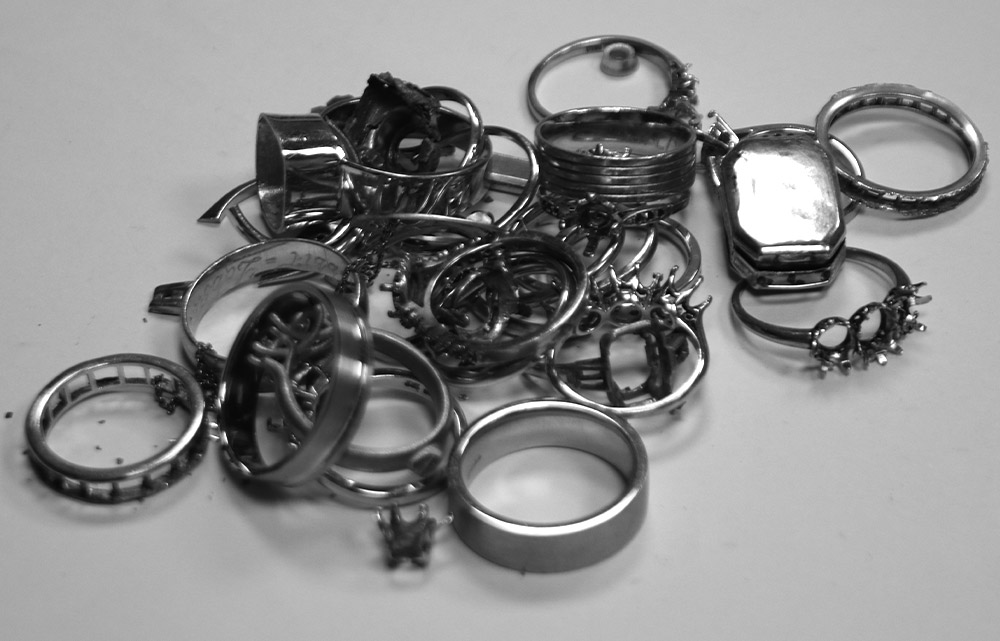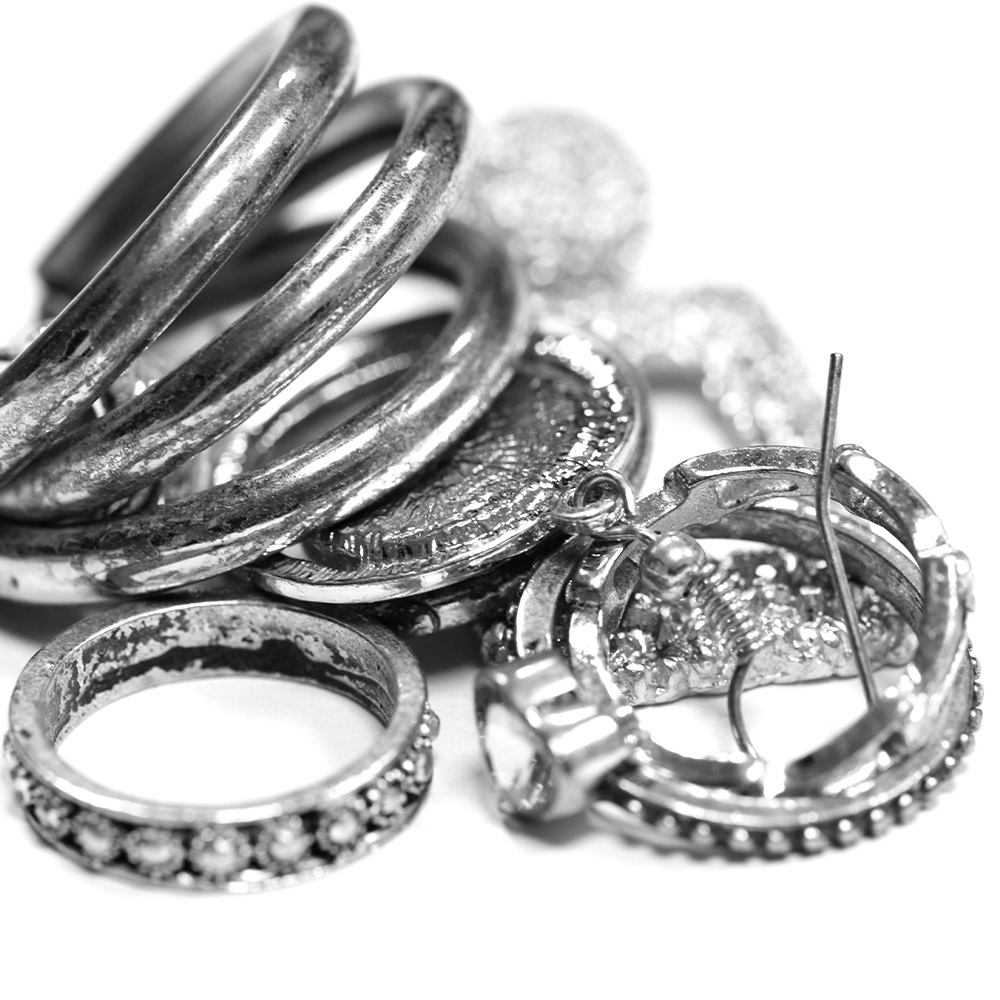Introduction
White gold jewellery has become an increasingly popular alternative to yellow gold for collectors, investors and individuals looking to purchase gold jewellery. In this guide, we’ll discuss why white gold is so popular and explore why it has become increasingly valuable.
How is white gold different from yellow gold?
White gold does not occur naturally like yellow gold. It is produced by mixing yellow gold with other precious metals and alloys, including palladium, silver or nickel (nickel is used rarely in the UK) or by adding a rhodium coating. This is also known as rhodium plating. Combining metals gives white gold its distinctive pale tone. The colour difference and composition are not the only differences between white and yellow gold. Here are some other key factors to consider if you’re considering buying gold rings, necklaces, earrings or bracelets:
- • White gold is more hard-wearing and scratch-resistant than yellow gold
- • The purity of white and yellow gold is measured using carats: the purest form of yellow gold is 24-carat gold. White gold tends to be 18-carat or 14-carat. The purity of white gold affects its value and appearance. The higher the carat, the more pure the white gold.
- • White gold requires less maintenance in terms of polishing and buffing than yellow gold
Why has white gold become more popular?
There are several possible reasons why white gold has become more popular these include:
- • Aesthetics: many people prefer the look of white gold to yellow gold. White gold is often paired with diamonds in engagement rings and it can offer a modern, understated alternative to traditional yellow gold.
- • Durability: white gold is more durable than yellow gold, which makes it an excellent choice for everyday jewellery and pieces that are built to last, including white gold engagement and wedding rings and necklaces. Rhodium plating is added to yellow gold and metal alloys to enhance the look of the piece by adding a lustrous finish and increase durability.
- • Price: the cost of white gold varies according to the purity of the metal. As with yellow gold, the higher the purity, the higher the value. White gold can offer a more affordable alternative to 24 or 18-carat yellow gold jewellery and platinum.
Why is white gold becoming increasingly valuable?
White gold jewellery is becoming increasingly valuable because the demand for it is rising. White gold has become more popular in recent years and it is now more sought-after. When the demand for certain styles or metals within the jewellery market rises, the value increases. White gold jewellery is often considered a modern, contemporary alternative to yellow gold. It is more durable than pure yellow gold making it an appealing option for buyers.
As the demand for white gold jewellery has increased, it has become a more attractive proposition for investors. Investors are looking for opportunities to make money from buying and selling gold and rising demand is a positive indicator.

White gold alloys
White gold is made by adding metal alloys to yellow gold. There is a variety of options, including palladium, silver and nickel. All of these metals add a white sheen to the gold, but there are pros and cons to consider when buying white gold. These include:
- 1. Allergies: some people experience allergic reactions to nickel: if you have a nickel allergy, palladium is an excellent hypoallergenic alternative.
- 2. Durability and scuffs: silver is more prone to scuffs than other alloys and it is also less durable than palladium.
- 3. Colour: rhodium plating adds whiteness to traditional yellow-gold items.
Conclusion
White gold has become more popular and more valuable in recent years. White gold is more durable than yellow gold and many people prefer its more contemporary aesthetic. As the demand for white gold has increased among consumers and collectors, it has also become more valuable, making it a popular choice for investors trading in the white gold jewellery market.

